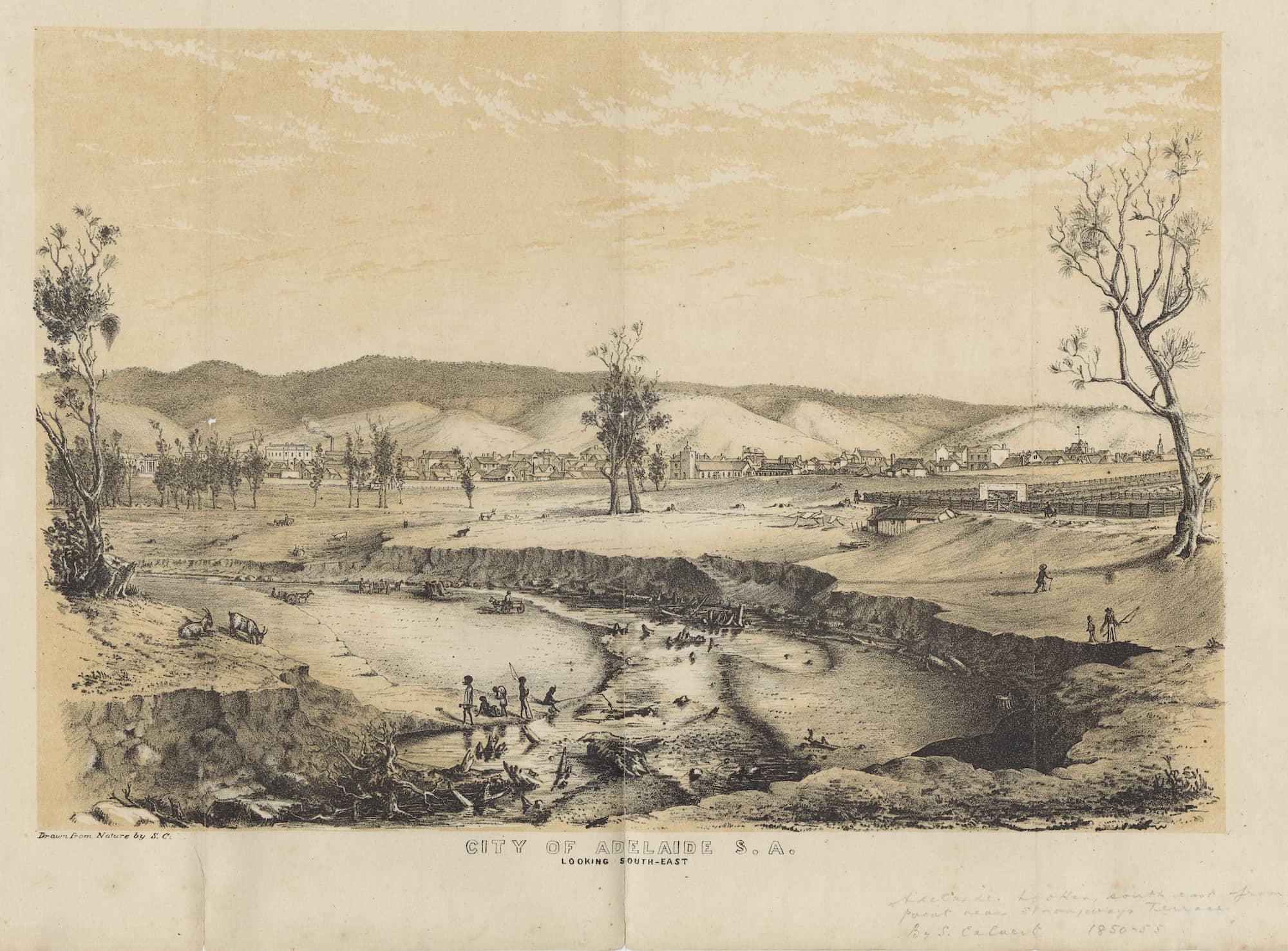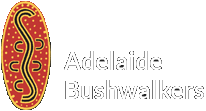What better way to relaunch our journal than by paying respect to its name and the people it comes from.
The Kaurna of the Adelaide plain have country from Parawa in the south to near Crystal Brook. By the 1860s, their language was no longer spoken, but several early efforts to write it down have survived to this day.

Tandanya of course is named for the location of the city of Adelaide on the south bank of the River Torrens. It means ‘red kangaroo rock’, probably referring to an outcrop later removed by early settlers’ quarries. Interesting isn’t it, that we don’t see Red Kangaroos this far south anymore.
The conventional Kaurna spelling, by the way, is Tarntanya or Tarndanya, which is also how ABW’s magazine was originally spelt in 1948. The current spelling results from an error way back in 1971.
So what about Victoria Square, which is now called tarndanyangga?
The reason for this is quite clever. Kaurna, like Latin, uses case endings on nouns. The endings -nnga and -illa are locative endings, meaning ‘in, on or at the place of’. So instead of saying ‘in Adelaide’ we can say ‘tarndanyannga’. The same way a Roman says ‘Romae’.
So place names that reference a local feature will often be in the locative. Hence we have the following, all meaning ‘in the [something] place’ :
- Cowandilla (kawantilla) ‘north’
- Echunga (ityangga) ‘nearby’
- Kangarilla (kangkarrilla) ‘shepherding’
- Myponga (maitpannga) ‘maitpu’ – unknown
- Fleurieu Peninsula (patpangga) ‘south’
- Noarlunga (nurlungga) ‘river bend’
- Onkaparinga (ngangkiparingga) ‘women’s river’
- Patawalonga (pattawilyangga) “swamp gum leaves’
- Waitpinga (waitpinnga) ‘windy’
- Willunga (wilangga) ‘dusty’
- Yankallilla (yarnkalyilla) ‘something hanging down’, possibly referring to the cliffs since the original location is more towards Normanville and south
A further complexity of the language is dual endings. English can either say hand or hands, but the Kaurna also have an ending for ‘two hands. Ancient Greek and Sanskrit do the same. This is relevant for the name of our two highest local peaks, Mount Lofty and Mount Bonython.
In a mind-boggling display of how two cultures can see the same thing completely differently, they are named together as yurridla (Uraidla) meaning ‘two ears’. Yurridla and yurrebilla are synonyms, possibly dialectal variants.
Rivers are also culturally interesting. Traditionally, rivers were not given a single name, but names for different places. Thus, for the River Torrens we have both tarndanya parri (red kangaroo rock river) and karrawirra parri (red gum forest river) and probably others.
And then there’s the well-known confusion about the word parri or pari itself. All the Adelaide place names with Para- come from this, and you can see why. Early settlers who asked the name of a river would have been told, “it’s a river”, probably with the Kaurna word for “thicko” afterwards. In the same way there are many rivers in England called Avon coming from the indigenous Celtic name.
I hope this gives you a little more insight, connection and respect as you walk through these lands. If you found this interesting, let me know and I’ll do another for the Flinders region if I can find the information.Sources for this article were https://www.kaurnaplacenames.com and https://press-files.anu.edu.au/downloads/press/p286811/pdf/ch101.pdf

Comments (0)